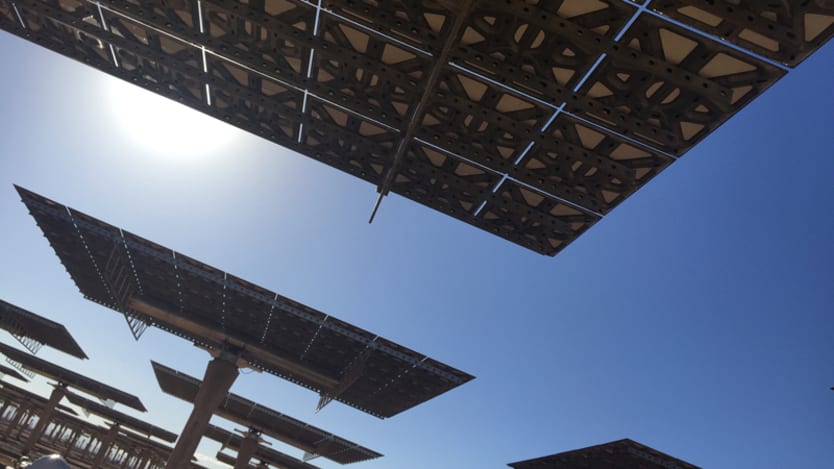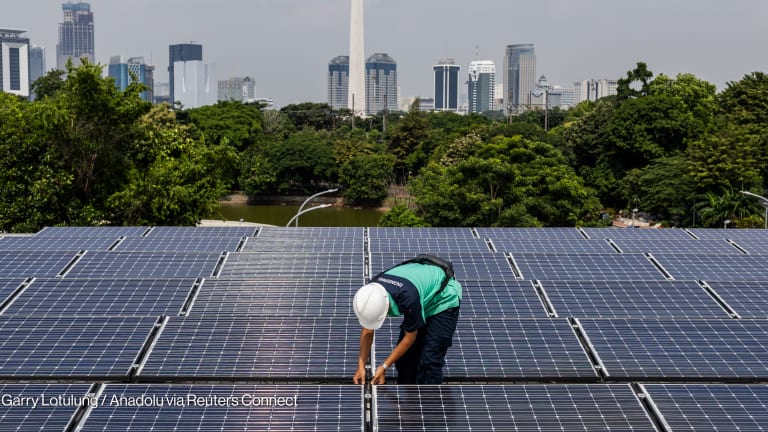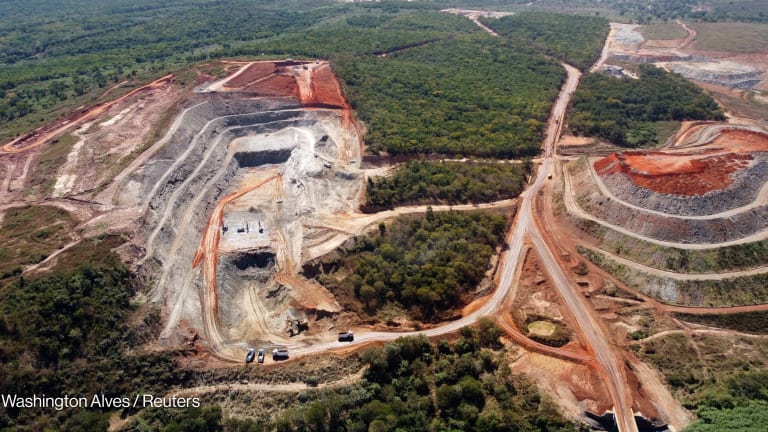
It’s easy to be pessimistic about climate change, especially since the disheartening decision by the United States to withdraw from the Paris Agreement on climate change. And yet, it’s not all bad news. Last week saw the release of the 2017 BP Statistical Review of World Energy, which shows that the world added a record amount of energy from renewable sources in 2016, leading to the third straight year of flat carbon emissions even as global energy demand rose.
The BP review follows on the good news from the previous week’s New Energy Outlook 2017 report from Bloomberg New Energy Finance, which highlights falling costs in solar and wind generation, advances in battery storage technology and a major shift in investment toward wind and solar plants for new power generation. In fact, “this year’s report suggests that the greening of the world’s electricity system is unstoppable,” writes lead author Seb Henbest.
This is truly exciting news — although renewable energy isn’t the whole picture. We won’t keep the climate within safe boundaries without also maximizing our natural climate solutions — strategies such as avoiding forest loss, reforestation, investments in soil health and coastal ecosystem restoration that maximize nature’s carbon storage potential. And ramping up renewable energy production while maintaining these natural systems will require careful planning.
See more related topics:
► Opinion: The future of energy is in renewables — with or without the Paris Agreement
► Building citizen support for the renewable revolution
► What will it take for the new Gates-led clean energy fund to be a breakthrough?
All energy sources have tradeoffs, including renewables. Wind and solar help solve our emissions challenge, but they have a very significant land footprint given they have a much lower energy density compared to hydrocarbons. In fact, the development of new land for energy production is the single largest driver of land conversion in the U.S. and a major driver around the world. If we don’t plan carefully, the resulting “energy sprawl” could result in the conversion of 20 percent of the planet’s remaining natural lands.
Developing those natural lands can have serious consequences. Forests, grasslands and other natural habitats contain significant stores of carbon that would be released into the atmosphere if these lands were developed; deforestation alone accounts for upwards of 15 percent of the carbon dioxide released into the atmosphere every year.
Developing these lands could also result in the loss of important ecosystem services and declines in biodiversity. In South America, home to five of the 10 most biologically diverse countries in the world, the amount of natural land converted to working land could double if we follow our current development path.
Fortunately, it’s possible to address these issues if we apply a more forward-looking approach to energy siting and look at the regional and large-landscape scale. For example, we can integrate new energy installations in areas that have already been developed, such as agricultural land, industrial areas and former mine sites. We can also reduce sprawl by placing energy production as close as possible to the industries and residences where energy will be consumed — with rooftop solar panels, for example.
Where siting on natural lands is inevitable, it’s important that governments and energy companies work together on regional energy plans that avoid those lands that shelter biodiversity hotspots, offer important ecosystem services or contain large carbon sinks. The Nature Conservancy has developed an interactive tool to help planners anticipate land impacts of renewable energy development, as well as a series of case studies demonstrating innovative solutions to energy sprawl around the world.
With the global population expected to hit 10 billion by 2050, energy demand is only going to increase. Despite the challenges, I am optimistic we can meet this demand with low-carbon renewable sources. But we can’t forget about the important role that nature plays in mitigating climate change or neglect the careful planning it will take to preserve nature’s capability to help us into the future.
Join the Devex community and access more in-depth analysis, breaking news and business advice — and a host of other services — on international development, humanitarian aid and global health.








